See the Natural Pearl Farming in Teluk Nara, West Lombok
Pearls of West Lombok are among the most beautiful in Indonesia. Therefore, pearls from Nara Bay are cultivated naturally. Many foreign investors are interested in investing in the industry.
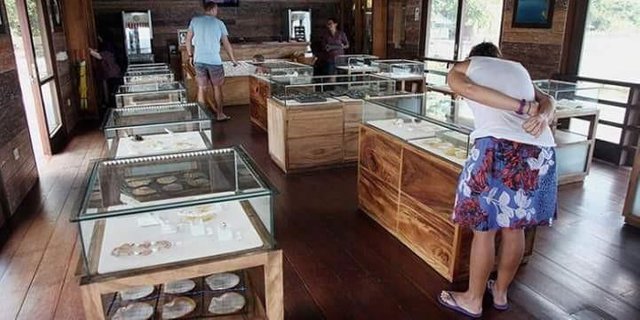
BEAUTY The Gulf of Nara began to appear when the sun rose from behind the horizon yesterday morning (2/4). In the midst of calm sea water, hundreds of blue and black buoy balls float in a patch of keramba that "swims" 100 meters from the beach. Under the buoys hundreds of shellfish of the Pinctada maxima type are tied in special nets.
After 40 days of being treated in special tanks in the laboratory, the pearl shells must be "planted" on the high seas. Usually at a depth of 5 meters or 10 meters if the sea is dirty. That's where the shells are allowed to live and grow with the food plankton-plankton that exist.
If he is two years old, then it can be operated, "said President Director of PT Autore Pearl Culture Francesco Bruno who accompanied Jawa Pos around the pearl cultivation complex in West Lombok regency.
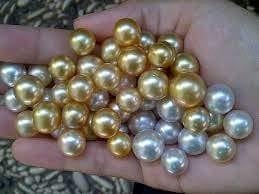
The operation in question is the process of injection of the nucleus into the sexual organ of the shell. The goal, the nucleus can be blanketed natural veils of shells. Therefore, shellfish cultivation can naturally take up to four years or more. The amount of shells that are ready to harvest varied. However, the shells produced in Indonesian waters averaged 10 "11 millimeters in diameter.
There are three types of pearls in the world. Namely, south sea white pearl, south sea black pearl, and freshwater pearls. South sea white pearls are produced in the South China Sea south. Namely, the Philippine sea, Myanmar, a bit of Malaysia, as well as most of the waters in Indonesia. South sea black pearl is produced in Tahiti.
Meanwhile, freshwater pearls are found in Chinese waters. But, the quality is considered less good. "Indonesia is the largest producer of south sea white pearl in the world," said Francesco, who is familiarly called the Czech.
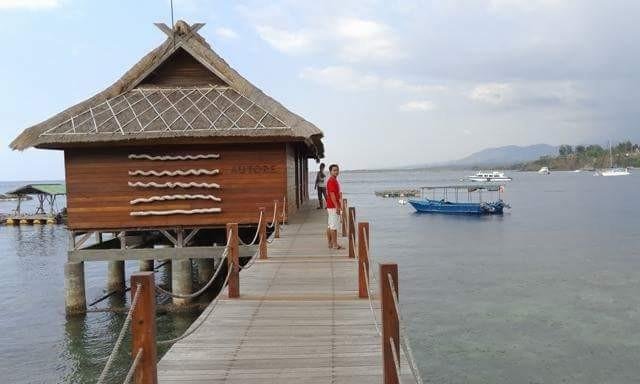
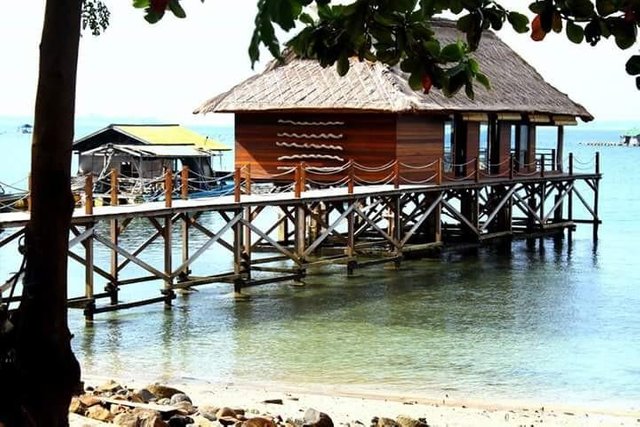
Indeed, there is a famous fourth pearl is very legendary. His name is Akoya. Its diameter is smaller than south sea white pearl, only 9 mm. As the name implies, pearls are widely cultivated in Japan.
Despite being the largest producer of South Sea white pearls, the quality of Indonesian products is still inferior to Australian products. According to the Czech Republic, Australian pearls are generally larger in diameter than Indonesian pearls. Its size can reach 13 millimeters. In addition, Australian pearl luster is more shining than Indonesian pearls. "But, both of them cost just as expensive," said the man born in Naples, Italy, 40 years ago.
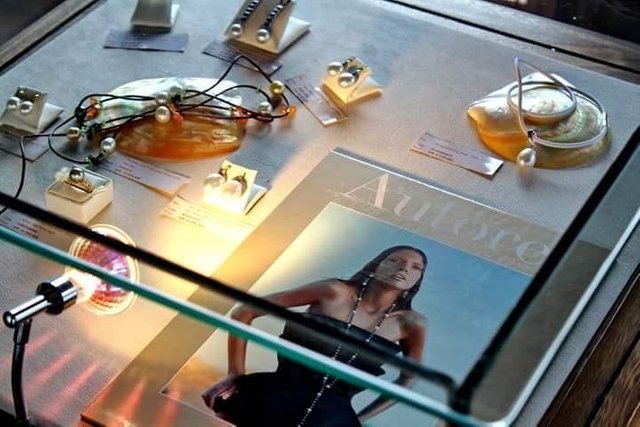
Good pearls are expensive. Pearls 18 millimeters in diameter, for example, priced at Rp 24 million per seed. For the size of 16 millimeters valued USD 18 million, while the 14 millimeters worth Rp 10 million. But, the most powerful is a pearl baroque type dibanderol Rp 59 million with a size of 16 millimeters. Baroque including rare pearl species because its shape is not perfectly round.
The quality of pearls of Autore products is measured based on a number of indicators. Among them, shine (gloss), surface (surface smoothness), shape (shape), and size (size). Each one can not stand alone. "The more sparkling, the more expensive pearls," he said.
On the island of Lombok, Autore has two pearl farms. In addition to the Gulf of Nara, Autore developed a pearl on the island of Sumbawa. The two cultivation sites were poorly guarded by a special officer. A security guard in front of the location and several others spread in certain positions that are prone to theft.
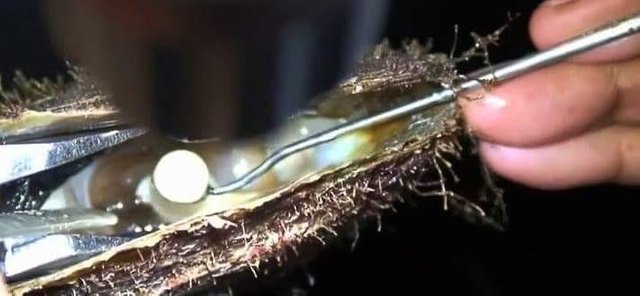
Indeed, at sea these producers simply marry the shells that exist. After that, shellfish are brought to Banyu Biru, Banyuwangi, to be operated in order to produce quality pearls. "Here we are just raising the shell up to the ideal age," said PT Autore Pearl Farm Manager Ion Suseno.
The process of enlarging shellfish in Teluk Nara is done naturally. They do not use chemicals. The process begins with the marrying of male and female shells. The marriage larvae were then put into special tubs in the laboratory. That's where baby shells are given food in the form of plankton.
Plankton itself is produced from the process of "raising" plankton in the laboratory. "We give it all to nature, Nature wants to give us what, that's what we receive," the Czech said.

The Czechs admit, the process is very risky and time consuming. Because, if the sea is exposed to toxic waste, the amount of plankton will be reduced so that shells can not grow normally. However, it is an option because pearl cultivation relies heavily on natural factors.
In addition to taking care of the marine shells, the workers at Autore must clean the shells. The skin of hundreds of shells soaked in the sea should be cleaned of food scraps and moss. In addition, the nets must be cleared of the wild shells that take place.
Moss and dirt attached to the shells will be a meal of baronang fish and small fish on the beach. "The process is done naturally, everything from nature, no waste generated alias zero waste," Czech said.
The Czech Republic pioneered the effort since 1995. However, they have only fully managed pearl shell cultivation since 2004. Autore is the second largest pearl producer and distributor in the world. Their products have been used by Hollywood artist Angelina Jolie.

For 16 years in Lombok, the Czechs were married to the original Widi Bruno Indonesia. Their marriage was blessed with three children. The love of the Czechs against Lombok made him very eager to bring his parents from Italy. "My mother is here, and in Italy, I can not possibly support the whole family," he said.